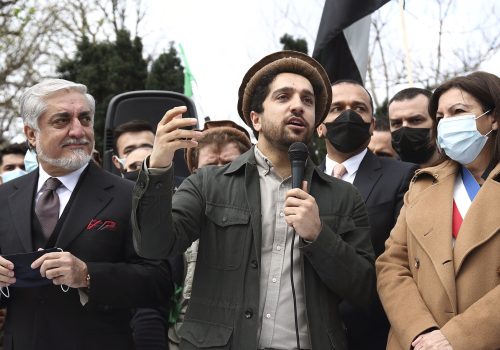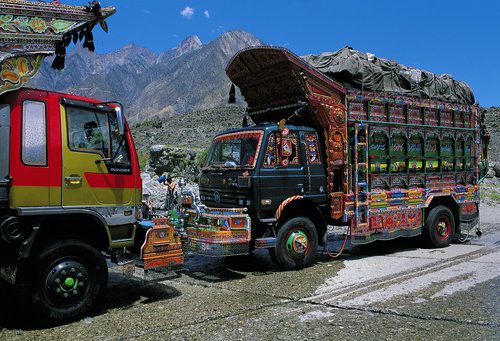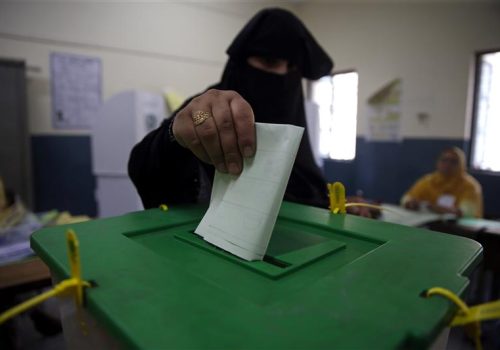Supporting Afghan refugees: A case for cultural sensitivity and humility in resettlement practices
In public discourse, immigrants, refugees, and asylum seekers are often grouped together or referred to interchangeably. Yet, refugees and asylum seekers are categorically different from individuals who choose to immigrate, whether for economic opportunity, reunification with family, or some other voluntary reason. Refugees are forced to flee their homes due to war, violence, or persecution—their choice is one of life or death, which places them in a legal and social category wholly separate from other migrant populations. It also means their journeys, from initially fleeing to resettlement and assimilation, are fraught with trauma, stress, and grief.
In 2021, approximately 35,000 of the 20.7 million refugees worldwide were resettled.1“UN Refugee Agency releases 2022 resettlement needs,” United Nations High Commissioner for Refugees, last updated, 23 June 23, 2021, https://www.unhcr.org/en-us/news/press/2021/6/60d32ba44/un-refugee-agency-releases-2022-resettlement-needs.html. This means that, year after year, millions of individuals assigned refugee status find themselves in a perpetual state of limbo, sometimes waiting decades for the opportunity to be resettled in a safe and stable environment where they may thrive and contribute their talents to their adopted homeland. In fact, each year over 300,000 children are born as refugees while their parents await resettlement.
Describing her experience waiting in a camp in Qatar, Nehal, a 25-year-old activist who fled Afghanistan recalls, “it was so hot and uncomfortable, more than 500 people were bunched up together. I remember feeling relieved that we were out of danger and away from the Taliban, but I also felt, and still feel, a great sense of loss. We left everything behind, our family, our friends, our careers.”
Historically, the United States has been one of the top resettlement countries for refugees worldwide, but its ceiling for receiving refugees has dwindled since 2016 (see Figure 1), due in part to both the political climate and restrictions related to the COVID-19 pandemic.
The vast majority of refugees resettled in the United States in 2021 were from the Democratic Republic of the Congo, followed by Syria, Afghanistan, and Ukraine. As the situations in both Afghanistan and Ukraine continue to get worse, we anticipate more people will flee these countries and eventually represent a larger share of the total resettled population in the years to come, particularly given the 2022 fiscal year cap in the United States was increased to 125,000 refugees, the highest number since 1993.2“US Annual Refugee Resettlement Ceilings and Number of Refugees Admitted, 1980-Present,” Migration Policy Institute, accessed August 3, 2022, https://www.migrationpolicy,org/programs/data-hub/charts/us-refugee-resettlement.
As the United States prepares to welcome thousands more refugees into its communities, it is important to consider the unique challenges they will face and proactively advance solutions to support their whole-person needs. This paper focuses in particular on the Afghan refugee community. Given the substantial cultural differences between the United States and Afghanistan, resettlement and assimilation for this community will require culturally sensitive and empathetic support for refugees in navigating new socio-cultural contexts. These include, but are not limited to, supporting and connecting to culturally appropriate healthcare, understanding care-seeking behavior and the physical and behavioral health needs specific to this population, and tackling challenges related to education, considering both language and cultural barriers and the fact that girls and women may not have had the opportunity to formally attend school in recent years. Perhaps one of the biggest structural barriers Afghan refugees face in the United States is navigating a complex cultural landscape rife with misunderstandings and poor assumptions about Afghan refugees themselves and their connections to terrorism, resulting in discriminatory attitudes and behavior in the population at large. The following sections include firsthand accounts of Afghan refugees currently settled in the United States, focused on the challenges they face in accessing support and care.

The South Asia Center is the hub for the Atlantic Council’s analysis of the political, social, geographical, and cultural diversity of the region. At the intersection of South Asia and its geopolitics, SAC cultivates dialogue to shape policy and forge ties between the region and the global community.
Related content
Image: Afghan refugees hold placards to ask for justice and process resettlement within 36 months during a rally outside the UN Refugee Agency UNHCR's office in Jakarta, Indonesia, November 15, 2021. REUTERS/Ajeng Dinar Ulfiana


